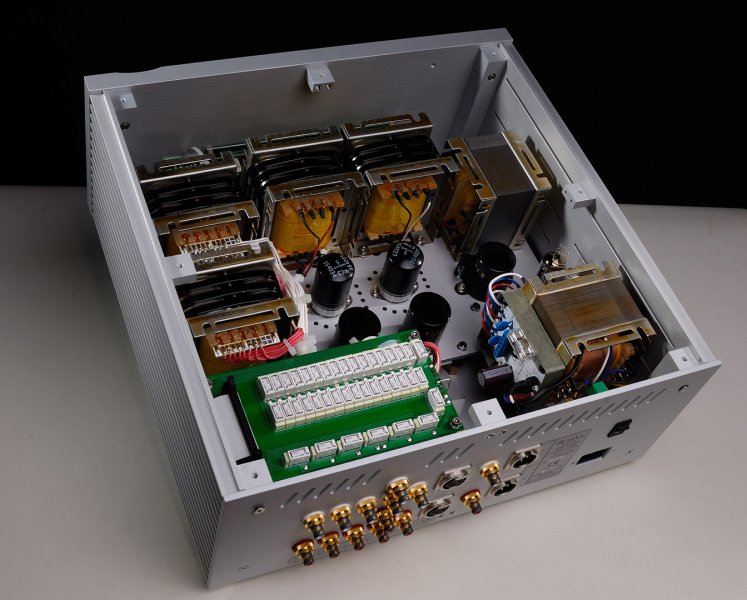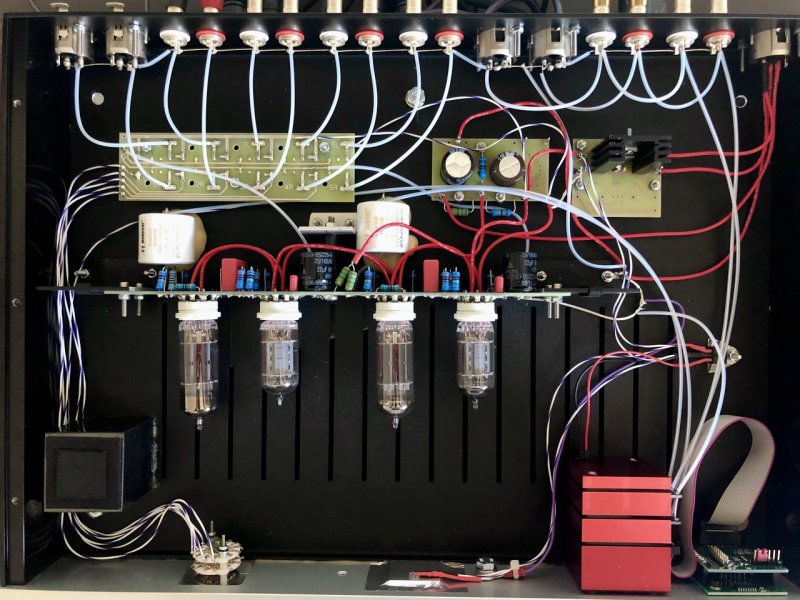Well, to beat a dead horse again, I run my 75 inchers (albeit direct drive/ no passive crossover) quite well (albeit smaller room 9’by 9’ by 9’ equilateral triangle setup) with 2 watts doing OK, 3.5 watts very good, 5 watts more than enough, routinely single ended Sony VFET 2SK60 (Pass DIY design)@ about 8 watts into 6 ohms. 15 watt Wavac is a monster amp. 50 watt Wavac is actually more than I care to test it with.
Even if you could actually hear amplifier compression in situ isolation from other components (which I would imagine is debatable in and of itself) how do you know it is the amplifier, or are you hearing some other source of compression, or are you just hearing signal compression louder so you hear it better? What bands exactly would these heard compression be in?
Just as a thought experiment, you would have to have a totally uncompressed source signal (0 to 120 db), it would have to be going through a provably uncompressed preamplifier, with a provably uncompressing speaker (yes, they can compress, too). Then, you might start arguing about whether you are hearing amplifier compression or not and whether it is distinctly audible and in which audio segments.
Since the vast majority of signals from mastering studios have all kinds of compressions already in their signals, how do you go about isolating one from the other when you are playing very loud?
Obviously, I am from the first couple of watts school rather than obsessing over the 500th watt completing a hypothetical transient school, so there is my bent.
Amplifier compression is the easiest to detect, as to compression on recordings some is a necessity or no way for the typical hifi system to playback ...!
Regards



